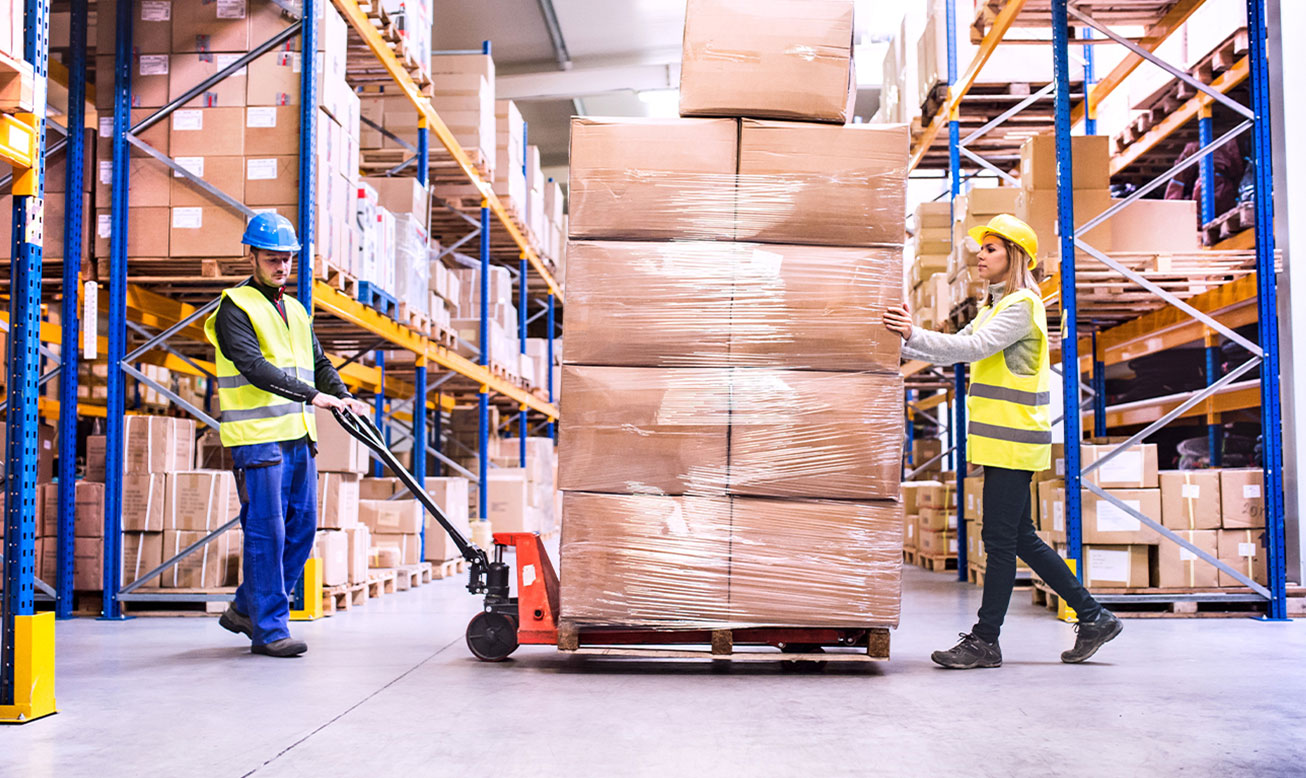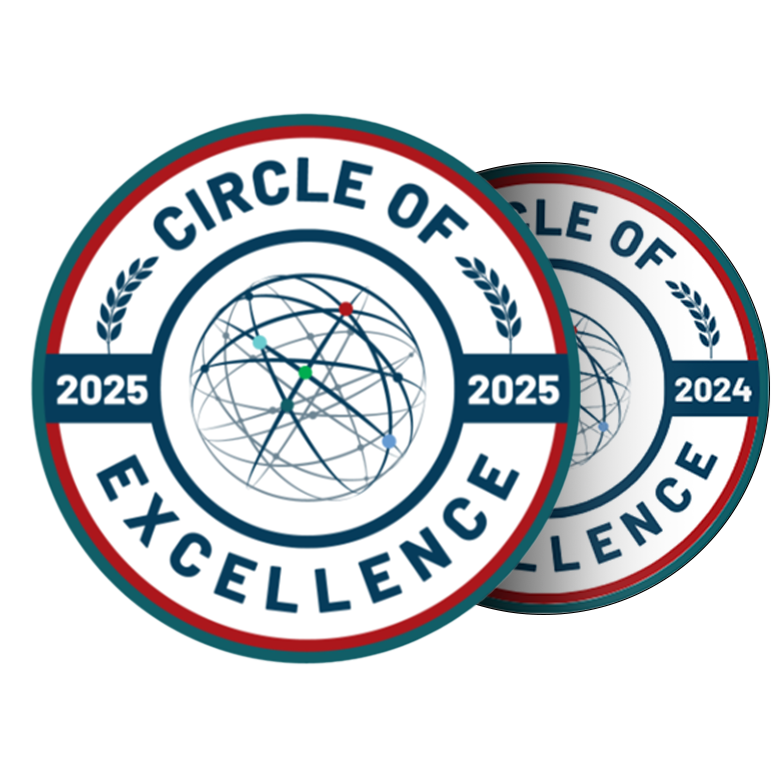August 14, 2025
Reverse Logistics and the Future of B2B Supply Chains
Reverse logistics is no longer a quiet corner of supply chain management. It has become a strategic driver for cost control, sustainability, and customer satisfaction. For B2B companies, especially those moving high-value or specialized goods, the ability to efficiently manage product returns, repairs, refurbishments, and recycling is essential to staying competitive.
From our perspective as an experienced non-asset-based carrier serving the B2B sector, we see firsthand how reverse logistics trends are revolutionizing operations. Non-asset-based carriers are uniquely positioned to help shippers adapt because we are not tied to fixed fleets or rigid infrastructure. Instead, we work with a wide network of trusted and approved transportation partners, giving us the flexibility to design cost-effective, responsive solutions for each client’s needs.
Let’s break down the most meaningful trends in reverse logistics that are influencing how businesses manage returns and recover value from products.
1. Meeting Shippers' Rising Expectations for Efficiency and Cost Control
One of the most consistent trends in reverse logistics is the demand for faster, more transparent returns handling without increasing operational costs. Shippers in many industries, like electronics, garden decorations, or dental equipment, are experiencing higher return volumes due to strict quality requirements, warranty programs, and rapid product lifecycles.
For example, in the electronics sector, technology evolves so quickly that returned items often still have substantial value. Without an efficient returns process, that value can evaporate. Shippers now expect carriers to not only transport returned goods but also help coordinate inspection, repair, and repackaging quickly enough to resell them.
Here is where the non-asset-based model shines. Because we are not locked into one set of routes or equipment, we can quickly adapt transport solutions to fit return volumes and timelines. This flexibility keeps costs under control even when the reverse logistics market experiences spikes in demand.
2. Sustainability and Smart Planning as Core Business Goals
Environmental responsibility is no longer a public relations talking point but a cost-saving and compliance imperative. A growing number of companies are using reverse logistics trends and practices to reduce waste and reclaim value from products. This includes refurbishing items, salvaging parts, and recycling materials.
However, sustainability does not happen by accident. Smart planning is required to optimize every stage of the returns process, from collection and transportation to repair and redistribution. Advanced tools like automation, AI, machine learning, and real-time analytics help businesses process returns more accurately and reduce costly mistakes.
In B2B operations, smart planning can also prevent unnecessary returns. By analyzing return data, companies can identify patterns, such as recurring defects or improper handling during initial shipping, and address the root cause before it becomes a widespread issue.
3. Circular Supply Chains Gaining Momentum
The concept of circular supply chains is one of the most promising future trends in logistics and supply chain management. Instead of treating returned goods as waste, companies view them as resources to be reintroduced into the supply chain.
For example, a beauty goods distributor might recover unopened and undamaged products from a retailer and redistribute them to another facility in need.
From a transportation perspective, this approach requires precise handling and strict compliance with industry regulations. Non-asset-based carriers can select the right partners for each type of return, whether it is temperature-controlled transport for sensitive goods or specialized packaging for fragile components.
By reducing the need for new production, circular supply chains save money and align with sustainability commitments, making them a win for both profitability and brand reputation.
4. Technology-Driven Auditing and Traceability
One of the most impactful new trends in logistics and supply chain management refers to the integration of advanced technology into auditing and traceability systems. As product returns grow more complex, companies need full visibility into where each item is, why it was returned, and what happens next.
Automation tools can generate return labels, route shipments to the correct facilities, and provide real-time tracking updates. Robotic process automation (RPA) can even handle redundant tasks, freeing up staff for more strategic work.
Enhanced traceability also means better protection against fraud and theft. With complete digital records, companies can verify that returned items match original shipments and have not been tampered with.
From our experience, the carriers that invest in these technologies can process returns more quickly, reduce shrinkage, and maintain higher customer satisfaction levels. For B2B shippers handling high-value goods, these benefits can be a game-changer.

5. Leveraging the Non-Asset-Based Advantage
This flexibility is especially influential in reverse logistics, where return volumes can fluctuate unpredictably. A seasonal spike in product returns, a product recall, or an unexpected quality issue can overwhelm a rigid transportation network. With a non-asset-based model, we can quickly scale capacity up or down by tapping into different carrier and warehouse partners.
For B2B companies, this adaptability translates to faster response times, lower costs, and more efficient recovery of value from returned goods.
6. The Growing Complexity of the Reverse Logistics Market
The reverse logistics market is expanding rapidly, driven by global trade, e-commerce growth, and evolving customer expectations. For B2B sectors, this means handling more specialized returns, often across multiple regions.
Inter-state returns introduce additional challenges, including compliance with varying regulations and coordination between different transport modes. Non-asset-based carriers with established nationwide networks are better equipped to handle these complexities without costly delays.
By working with a carrier that understands broader requirements, businesses can reduce risks, avoid fines, and maintain lasting relationships with their customers and suppliers.
7. Preparing for the Future
Looking ahead, reverse logistics trends and practices will keep evolving alongside changes in technology, sustainability regulations, and global trade patterns. Companies that treat reverse logistics as a strategic function, rather than a necessary cost, will be in the best position to benefit.
From predictive analytics that anticipate return spikes to AI-driven inspection systems that speed up refurbishment, the tools for managing returns are becoming more sophisticated. The companies that adopt these tools early will gain a competitive edge.
Non-asset-based carriers will become instrumental in this evolution by helping shippers integrate new capabilities without the burden of investing in fixed infrastructure. Our role is to connect shippers with the right partners, the right equipment, and the right technology, at the right time.
Reverse logistics is no longer an afterthought in supply chain management. It is a critical driver of cost efficiency, customer loyalty, and environmental responsibility. By understanding the latest trends in reverse logistics and partnering with experienced, flexible transportation providers, B2B companies can transform returns from a cost center into a source of value.
At Last Mile Logistics, we have spent years refining our approach to reverse logistics for clients across industries. Our deep network of partners, industry expertise, and commitment to tailored solutions make us a trusted resource for businesses looking to improve their returns processes. If you are ready to explore how the right reverse logistics strategy can benefit your business, Arnie is here to help.

